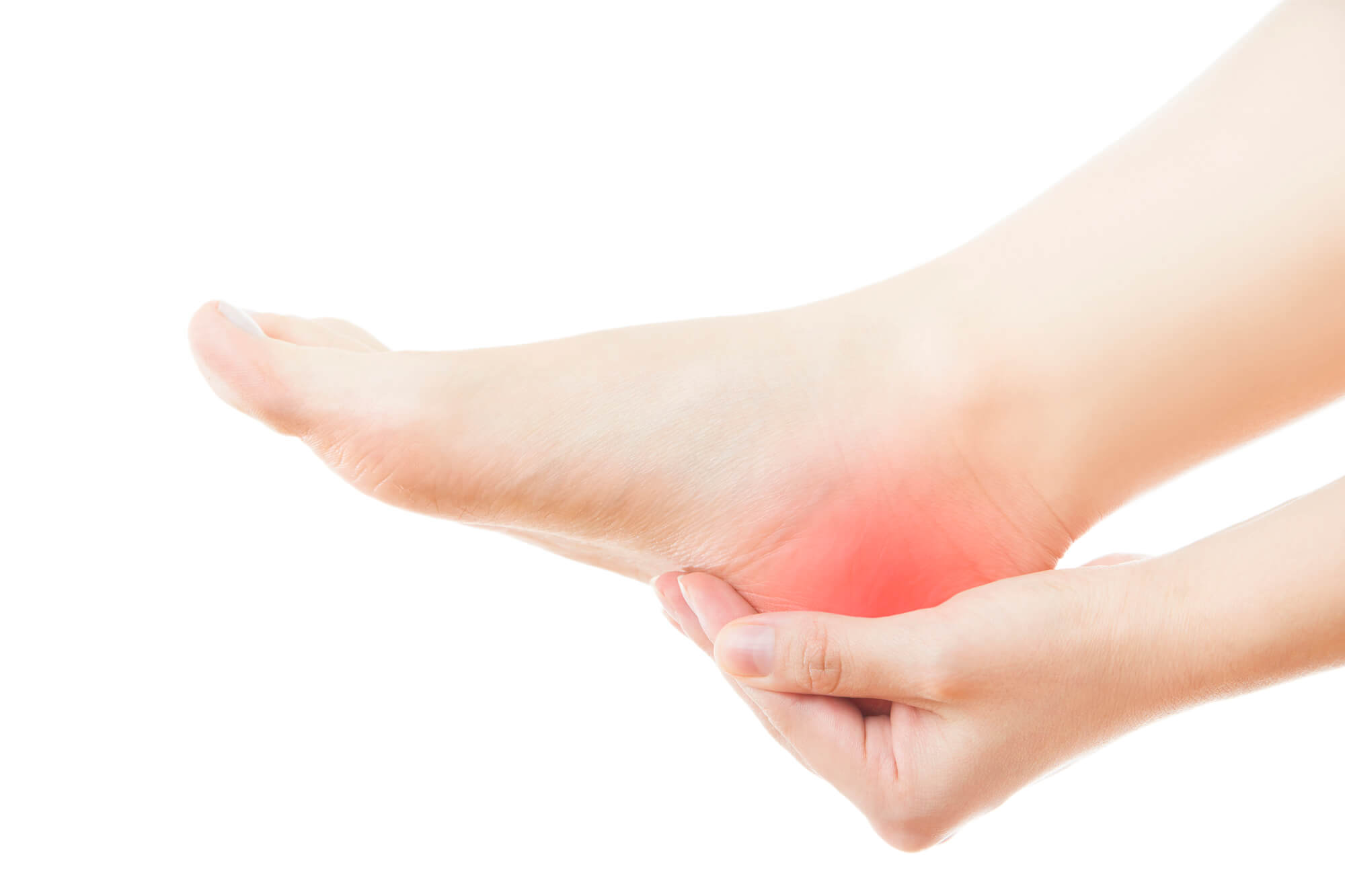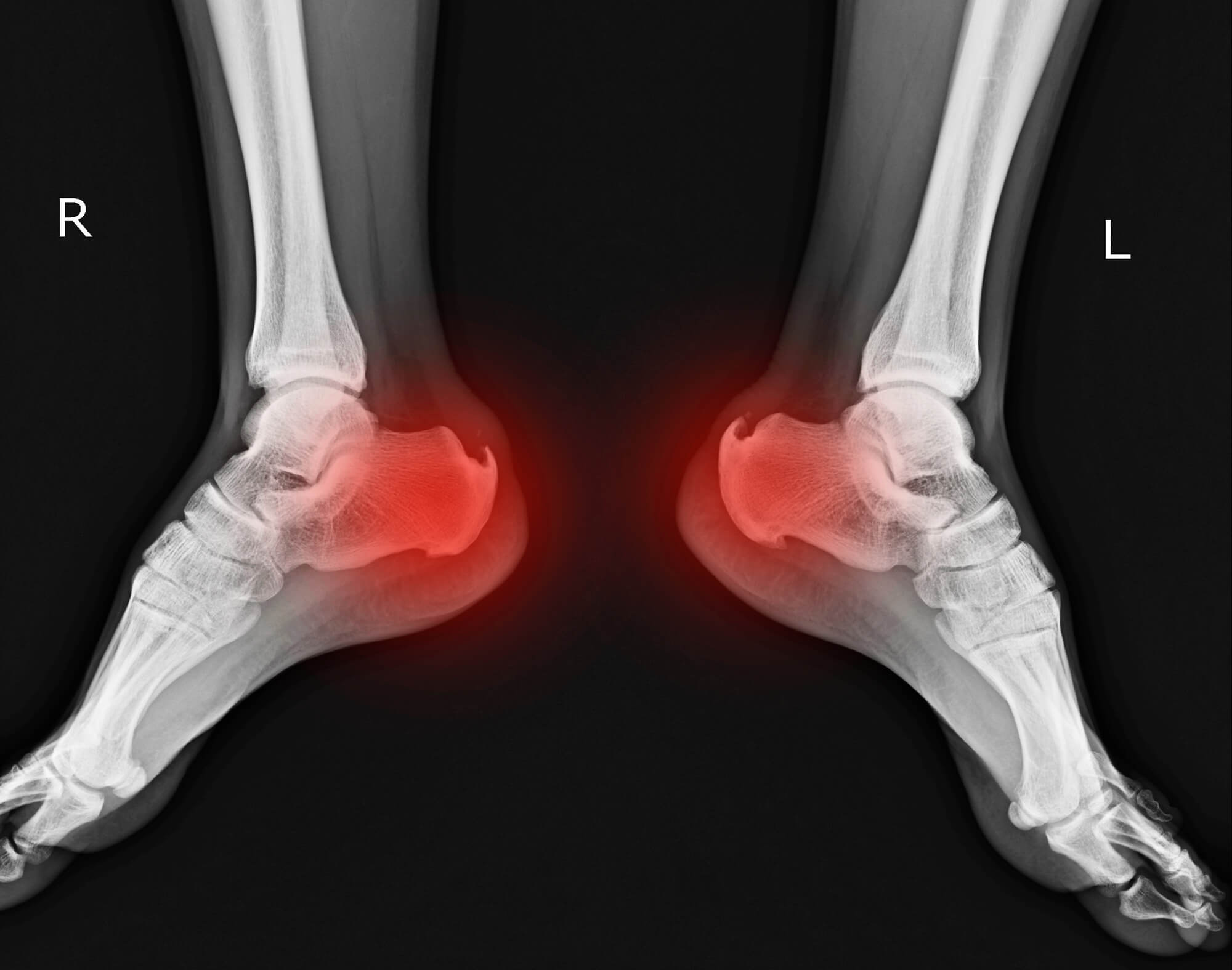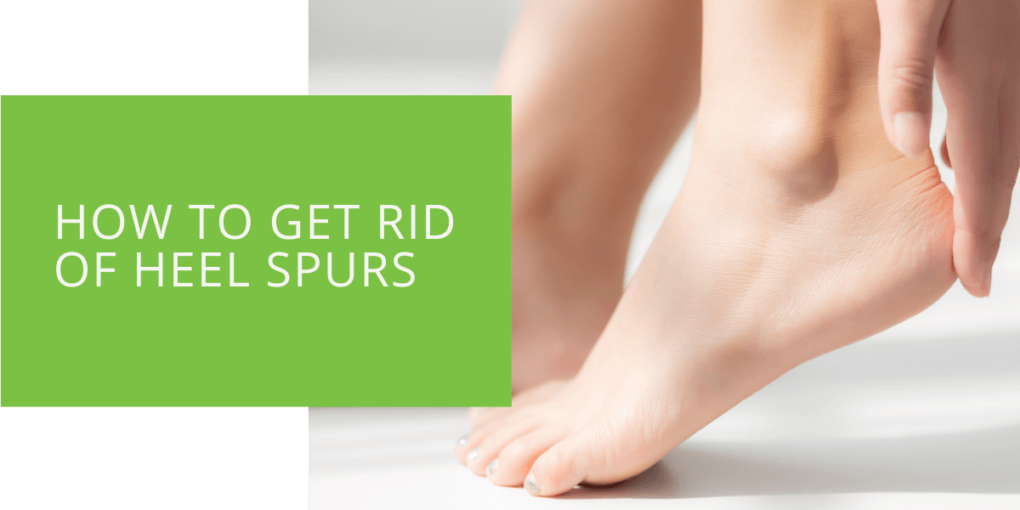How to Get Rid of Heel Spurs
Heel spurs are small bony deposits that form on the heel bone. These growths are often caused by inflammation and can lead to chronic pain. Heel spurs, also known as bone spurs, are commonly associated with a condition called plantar fasciitis, which causes inflammation of the plantar fascia, the connective tissue that runs along the bottom of the foot.
What Are Heel Spurs?
Heel spurs are bony growths on the heel bone, typically where the plantar fascia attaches to the heel bone. They are usually small, measuring only a few millimeters, but can cause significant pain and discomfort.
Symptoms of Heel Spurs
Symptoms of heel spurs include sharp pain in the heel, especially when walking or standing for long periods. The pain is typically worse in the morning and after sitting or standing for a long time. Pain may also be felt when the area is touched or when wearing certain shoes.
Causes of Heel Spurs
Heel spurs are often caused by inflammation, particularly in the case of plantar fasciitis. Overuse and certain activities, such as running or walking on hard surfaces, can also lead to heel spurs. Being overweight or having a gait that places excessive stress on the heel can also contribute to developing heel spurs.

Non-surgical Treatments
Many people can manage heel spurs without surgery, and the first line of treatment is usually non-surgical options.
Stretching Exercises
Stretching exercises can help to relieve pain and inflammation associated with heel spurs. A podiatrist can recommend specific exercises to target the plantar fascia and other muscles in the foot and ankle. For example, stretching the calf muscle can help ease tension on the plantar fascia and reduce pain.
Physical Therapy
Physical therapy is another option for treating heel spurs. A physical therapist can design an exercise program to help strengthen the muscles in the foot and ankle, which can help to reduce pain and inflammation.
Orthotic Inserts
Orthotic inserts can also be used to relieve pain associated with heel spurs. These inserts are designed to cushion the heel and provide support to the foot. They can be custom-made by a podiatrist or purchased over the counter.
Over-The-Counter Pain Medication
Over-the-counter pain medication such as ibuprofen can help to relieve pain and reduce inflammation. Anti-inflammatory medication may also be given as a shot by a medical practitioner.
Rest and Icing
Rest and icing can also help to relieve pain associated with heel spurs. It is important to avoid activities that place excessive stress on the heel and to take frequent breaks to rest and ice the affected area.

Surgical Treatment
Surgery may sometimes be necessary to remove a heel spur and alleviate pain.
When Is Surgery Necessary?
Surgery is usually only considered if other treatments have failed to relieve pain. Your doctor will consider factors such as the heel spur's size and location, the pain's severity, and the impact on daily activities before recommending surgery.
Types of Surgical Procedures
There are several surgical options available for treating heel spurs, including:
- Excision of the spur: This involves the surgical removal of the heel spur.
- Plantar fascia release: This procedure involves releasing the plantar fascia from its attachment to the heel bone, which can help to reduce tension and inflammation.
- Heel spur decompression: This procedure involves creating a small hole in the heel bone to relieve pressure and pain.
Recovery Time and Post-Surgery Care
Recovery time varies depending on the type of procedure performed and the individual patient. Physical therapy and exercises will be required post-surgery to regain strength and improve gait. It is important to follow post-surgery care instructions provided by the surgeon to ensure proper healing and avoid complications.

Prevention
While heel spurs cannot always be prevented, some steps can be taken to reduce the risk of developing them.
Proper Footwear
Wearing well-fitting shoes with good arch support can help reduce heel stress and prevent inflammation. Shoes with a padded heel and a cushioned sole can also provide extra support and comfort.
Maintaining a Healthy Weight
Being overweight can place additional stress on the heels and increase the risk of developing heel spurs. Maintaining a healthy weight can help to reduce stress on the feet and lower the risk of heel spurs.
Stretching and Exercises to Strengthen the Foot and Ankle
Performing regular stretching exercises and exercises to strengthen the foot and ankle can help to reduce the risk of heel spurs. A podiatrist can recommend specific exercises to target the plantar fascia and other muscles in the foot and ankle.
Avoiding Activities that Put Excessive Stress on The Heel
Activities such as running or walking on hard surfaces can place excessive stress on the heel and increase the risk of developing heel spurs. It's best to avoid such activities or to limit participation as much as possible.
Conclusion
Heel spurs can be a chronic and painful condition, but with proper diagnosis and treatment, it is possible to alleviate the pain and improve the quality of life. Treatment options include non-surgical options such as stretching exercises, physical therapy, orthotic inserts, rest, and icing, and surgical options such as excision of the spur, plantar fascia release, or heel spur decompression. In addition, preventative measures such as proper footwear, maintaining a healthy weight, stretching and exercising, and avoiding activities that put excessive stress on the heel can help to reduce the risk of developing heel spurs. If you are experiencing heel pain or suspect you may have a heel spur, it's important to consult with a healthcare professional as soon as possible.

